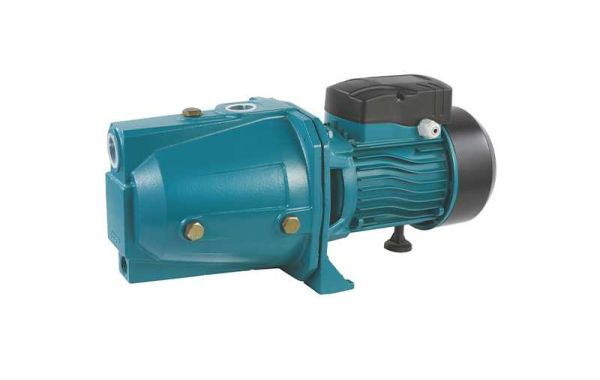Working Principle of Self Priming Water Pumps
A self priming water pump is a type of pump that can automatically draw water from a source without the need for manual priming before startup. Its operation relies on the ability to create a vacuum within the pump body. When the pump starts, the impeller rotates, generating centrifugal force that expels air from the pump and creates negative pressure at the inlet, thereby drawing water into the pump. This characteristic makes self priming water pumps particularly suitable for applications where long periods of downtime or intermittent operation are common, significantly reducing operational complexity and maintenance costs.
Design Features
The design of a self priming water pump involves several critical factors to ensure efficient and reliable performance. First, the selection of pump body materials is crucial. Commonly used materials include cast iron and stainless steel, which offer great corrosion resistance and mechanical strength, ensuring long term stability even in harsh environments. Second, the design of the impeller plays a vital role in pump performance. Proper blade shape and angle can effectively enhance hydraulic efficiency and minimize energy loss. Additionally, many self priming water pumps are equipped with specialized air water separation devices to facilitate the rapid formation of a vacuum inside the pump body, further enhancing their self priming capability.








